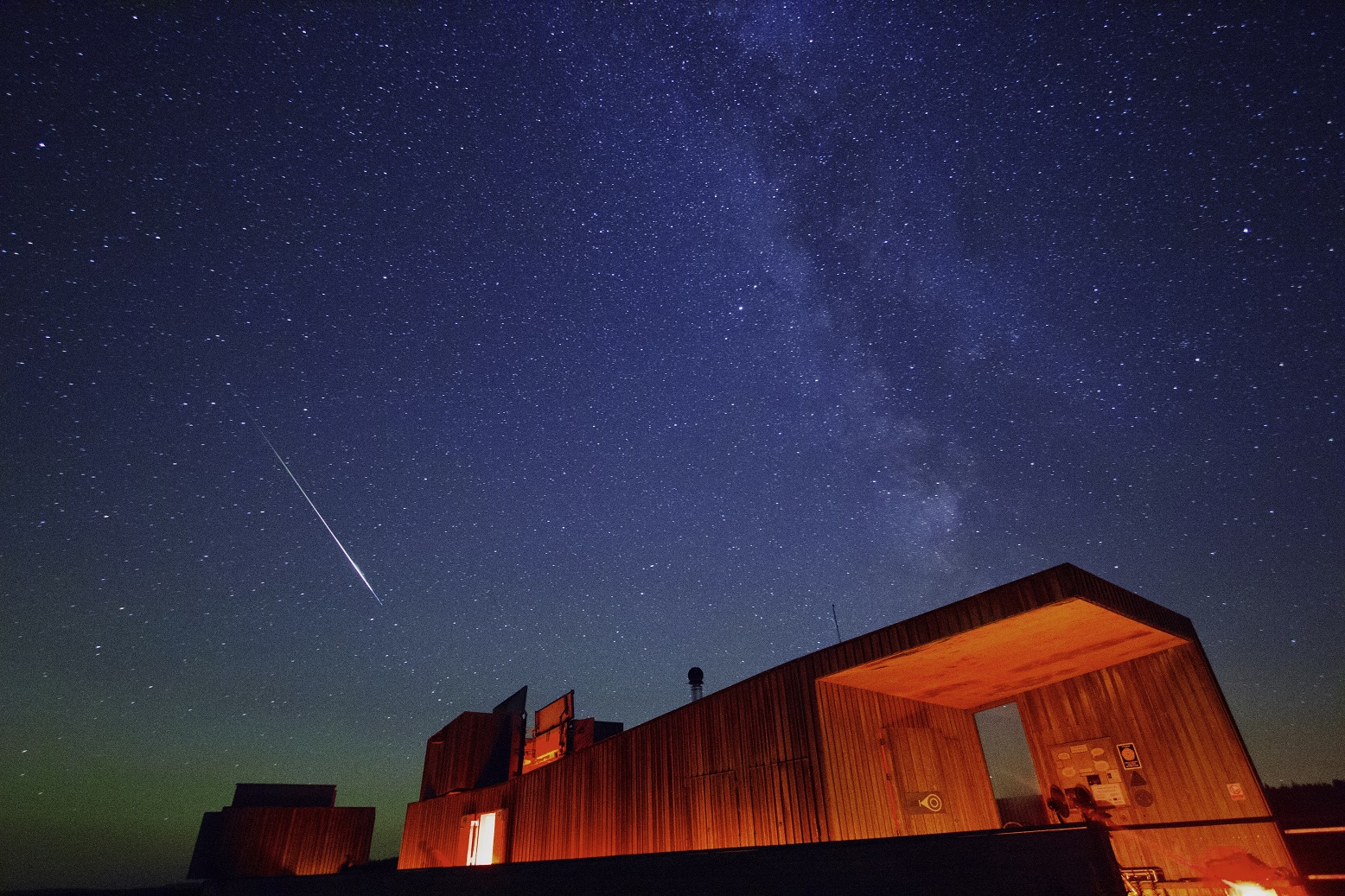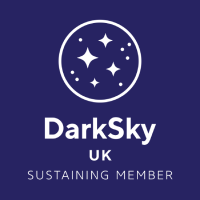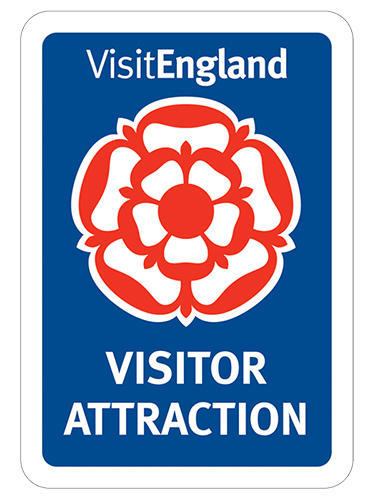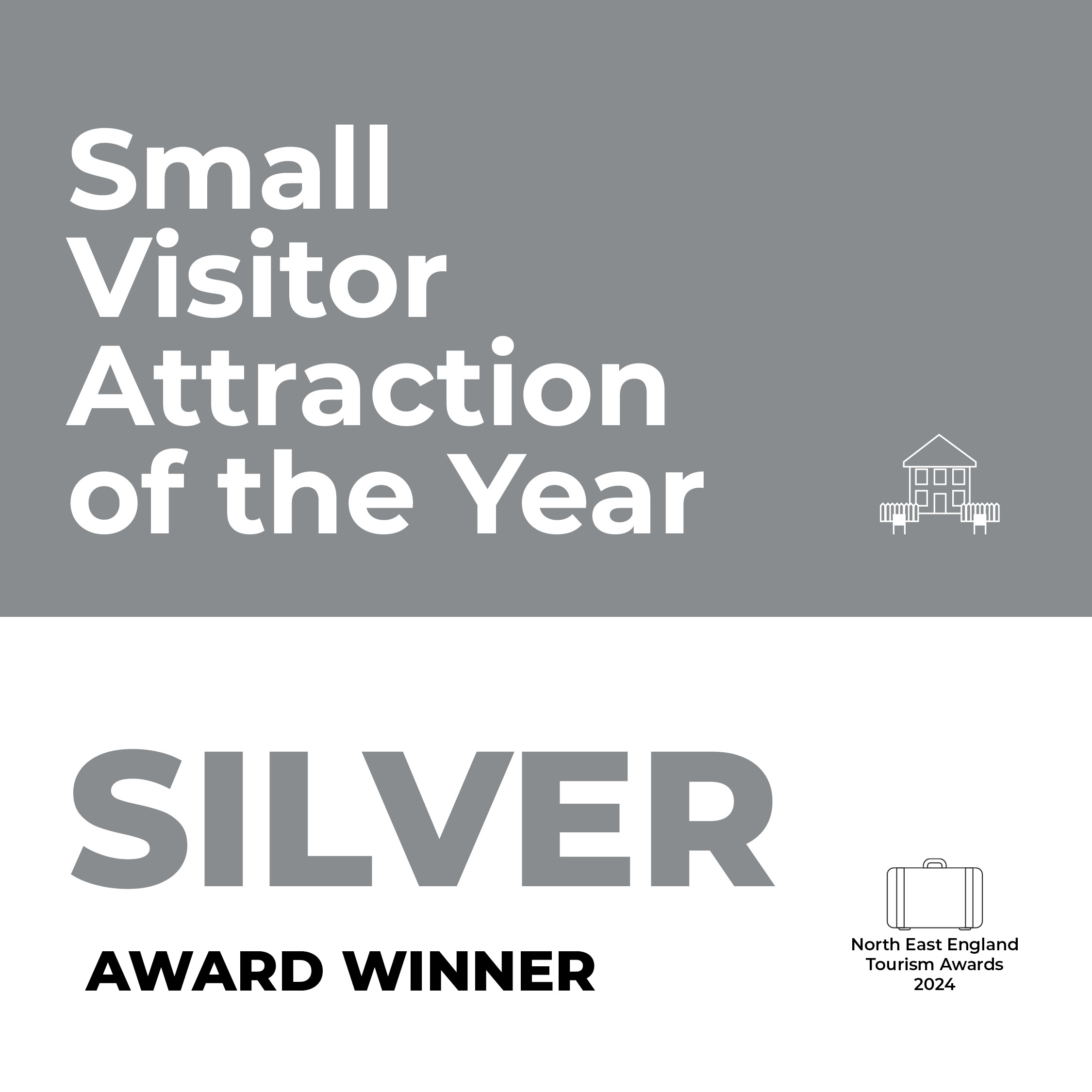Late Night Shooting Star Spectacular - Leonids
Join us at Kielder Observatory for the famous Leonid Meteor Shower, every year the atmosphere of the earth is peppered with comet dust. We see this comet dust in our night sky as shooting stars, also known as meteors.
Every 33 years a comet called 55P/Tempel-Tuttle completes one orbit around the Sun. On its journey it is directly influenced by the Sun, it’s solar wind and the motion of its own orbit. The Sun and the comet’s orbital momentum dislodge any loose debris on the comet’s surface and this is left behind in its wake, this is how comets get their stunning tails. That debris trail is left behind to independently orbit the sun and every year between the 17th and 18th November the Earth passes directly through the debris trail left behind by the comet. The fine grains of debris travel into the Earth’s atmosphere at over 30,000mph, this causes their surrounding area to heat up and glow sometimes bright enough to cast a shadow, you will see this in the night sky as a shooting star. Then in a fraction of a second that tiny piece of comet debris is no more, this will happen many more times between these dates and in one hour, in peak observing conditions, we could observe up to 30 shooting stars an hour.
Whilst this is happening let us be your guides around the night sky and the observatory. Our passionate science team will give you a tour of the observatory and the instruments we use, also from our observatory viewing platform we will be pointing out constellations and giving you tips on how you can find incredible objects lying in our Galaxy.
